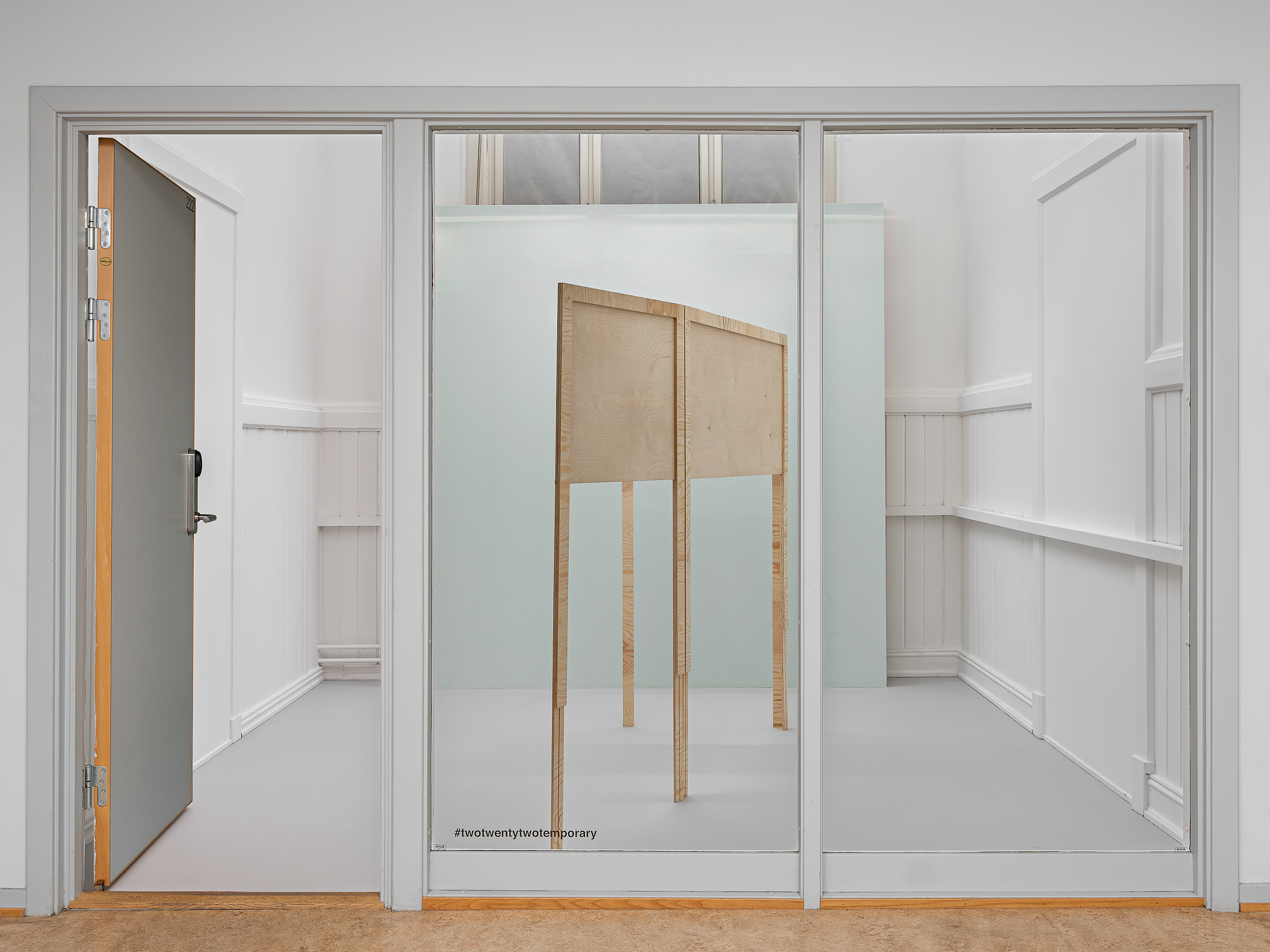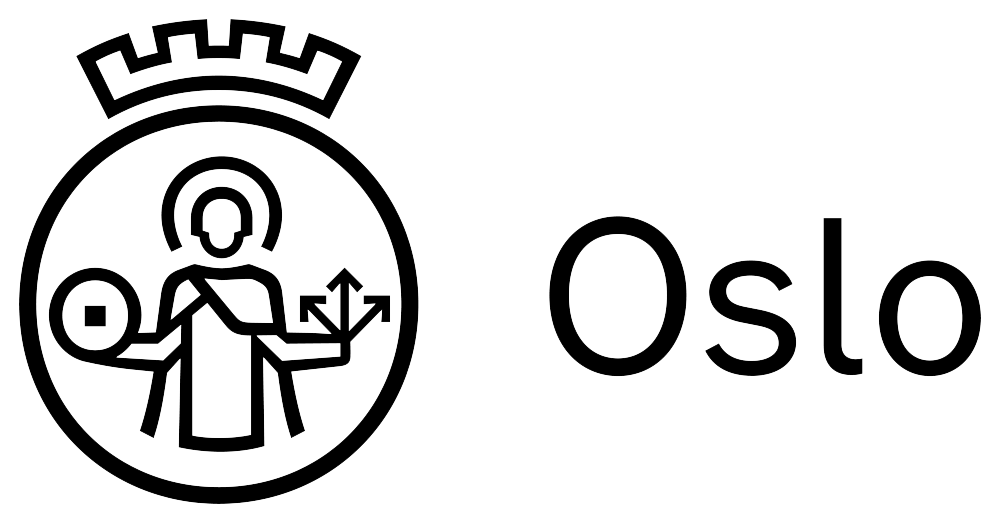Vera Wyller
IKONOSTASPresented by K.O.S A at 222T
as Mykorrhiza volume 4
May 26 – June 26
From modern Greek eikonostasis, from eikōn ‘likeness’ + stasis ‘standing, stopping’
In 222T a 'portable alter' carrying a triptych, shyly stands facing away, protecting its content. Laboriously executed on both sides of semi transparent corrugated plastic sheets, emotionally charged imagery acts as a densely compressed precursor to a larger script for a choral work. The sheets are encased in a plywood framing and stands on tall skinny wooden legs, architecturally forming a fragile spatial divide (Nave and Sanctuary).
All measurements in the project are based on prime numbers, and if the iconostas is folded, or only partly opened, the hinged side panels, unequal in size, suggest a spiral.
Traditionally the iconostasis, though often tall, rarely touches the ceiling. Acoustically, this permits the ekphoneses (liturgical exclamations) of the clergy to be heard clearly by the faithful. In small, modern churches the iconostasis may be completely absent: in such cases it is replaced by a few small icons on analogia (lecterns), forming a virtual divide.
When facing Vera Wyllers’ iconostas (analogia) triptych, a 60x120 cm center panel, flanked by two smaller panels of light heaven (right) and volcanic darkness (left), greets us with an overlaying script relating an account of the artists’ thoughts and emotions orbiting the imaginational forces implicit in the iconic referents lingering beneath.
Mirror imaged and sub-luminated by Guernica (Picasso) and the Garden of Earthly Delights (Bosch), as in Finnegans Wake, the scriptural content partly unfolds like a dream.
In its original meaning a sanctuary is a sacred place, such as a shrine. By the use of such places as havens, the term has come to be used for any place of safety. Protected areas, like 222T, act as benchmarks against which we understand human interactions with the natural world and freely relate to our enigmatic Reality.
ART sanctuaries may be areas set aside to maintain and develop “ARTefactual” cultural processes witch otherwise would not survive. Narrowly motivated ereas of interest, be it on land or in mind, tend to end in homogenized monoculture. Eventually all comes to a halt due to the reductive effects of instrumental categorization.
Most intensely managed contexts inhibit the vital eccentricities driving evolutionary actualization (experiential novelty), present tense.
Beware! Pay attention! Listen!
Ole Jørgen Ness














